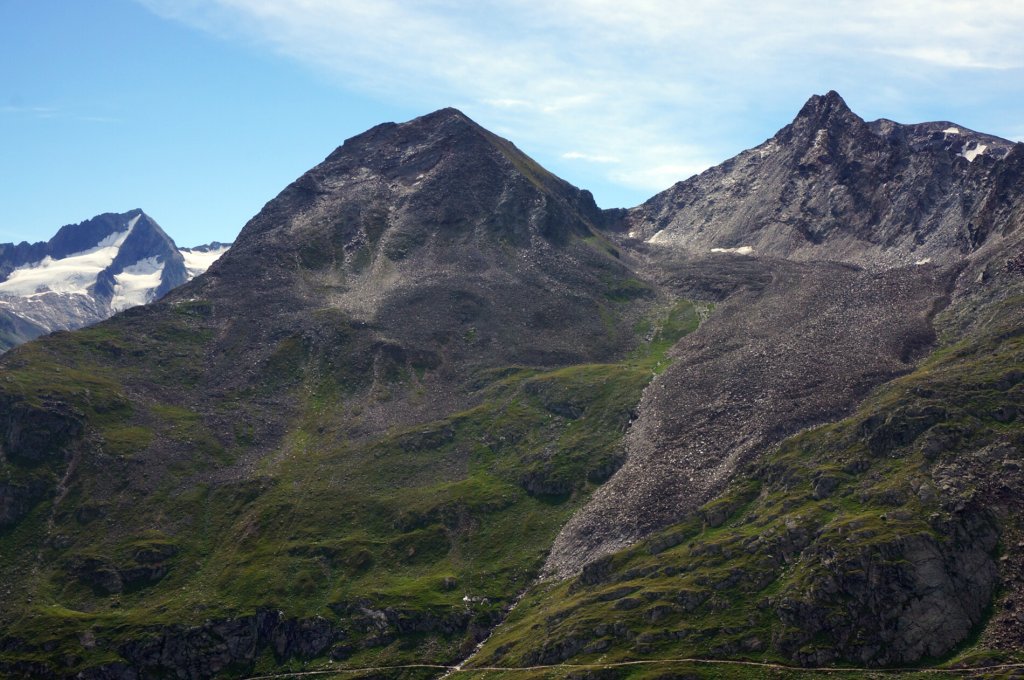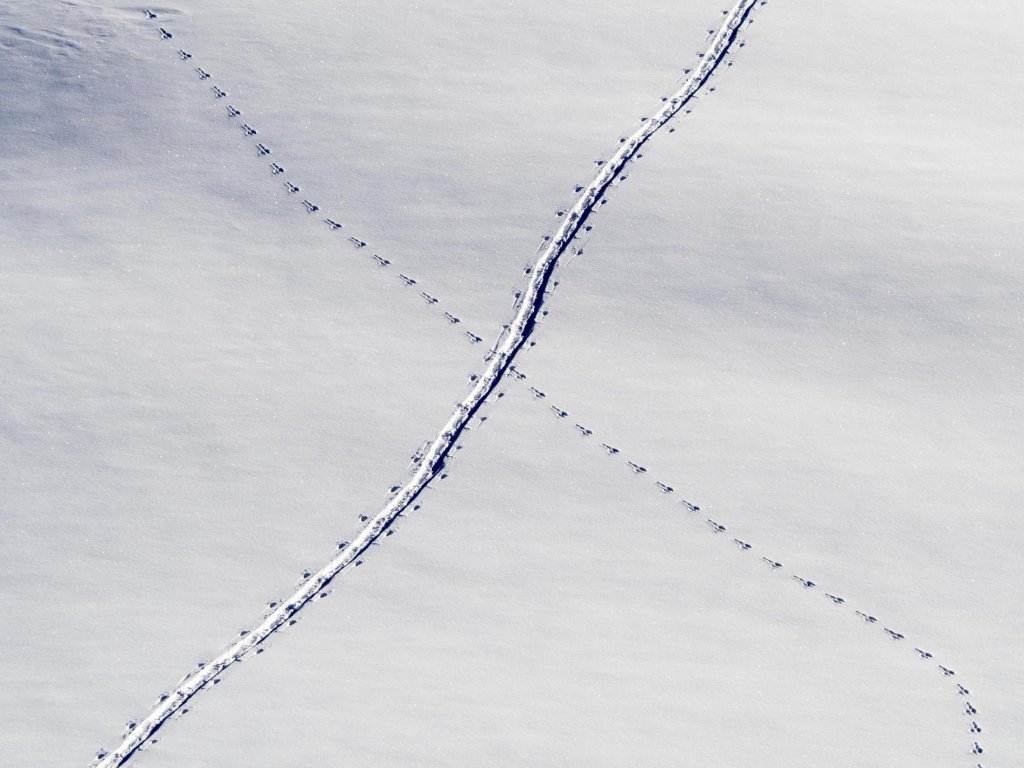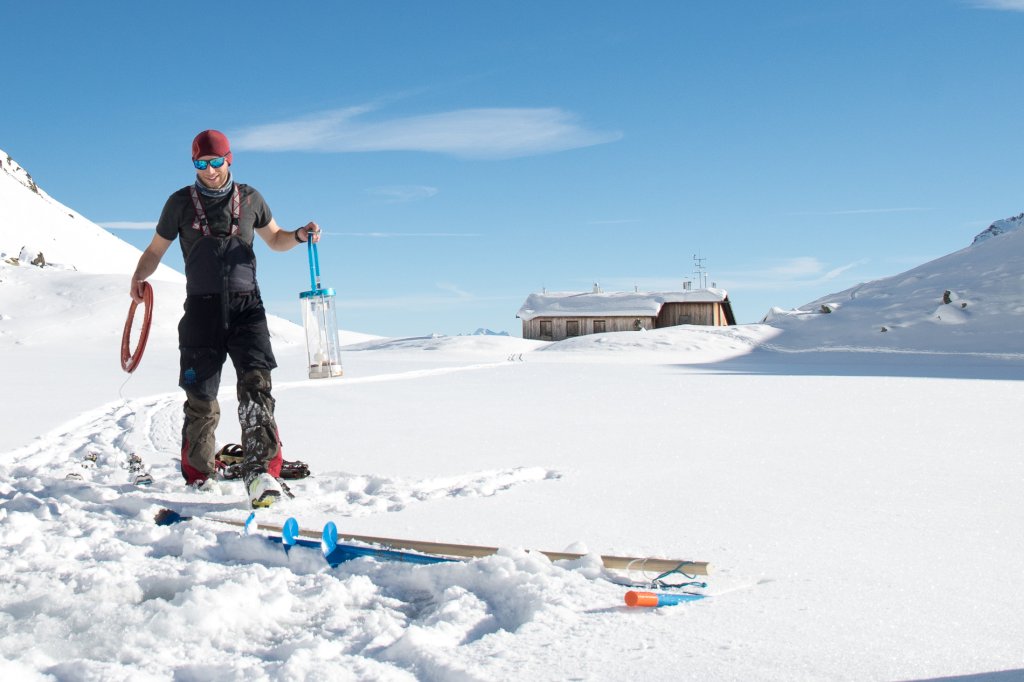The brighter the lamp, the greater the disruption
A tour portal stated: "Keep in mind that alpine tours at night place higher demands on mountaineers than tours in daylight." This was followed by the recommendation of a powerful headlamp with spare batteries. However, this also increases the demands on the local wildlife. High-power headlamps illuminate a very wide area very brightly and therefore cause disturbance far beyond the area used. Not only the immediate track, path or slope is illuminated, but also the areas next to it. Such as the safe undergrowth or sheltering groups of trees.
Many wild animals stay in their dens during the day and only venture out onto the open areas at dusk and in the dark. This is shown, for example, by a study with radio-tagged red deer in the Black Forest (Coppes et al., 2017. Human recreation affects spatio-temporal habitat use patterns in red deer (Cervus elaphus)). During the day, red deer remain in the forest, seek shelter in dense tree cover and only enter the areas that are heavily used by recreational users during the day after dark.
Many of our native wild animals such as foxes, red deer and roe deer or wild boar would generally be diurnal animals, but since many people are out and about during the day, they have changed their rhythm of life accordingly and shifted their activities, such as feeding and searching for mates, to the night. They avoid us humans not only in terms of space, but also in terms of time. Wild animals learn that recreational use mainly takes place during the day and therefore avoid areas near paths during the day, but not at night (Gaynor et al. 2018, Lesmerises et al. 2017, Westekemper et al. 2018). However, if the risk varies unpredictably over time, for example if recreational use occasionally occurs late in the evening after sunset or early in the morning before sunrise, this unpredictable, sudden and therefore difficult to assess disturbance is potentially perceived as a greater risk, resulting in a more pronounced response (Cromsigt et al. 2013, Gaynor et al. 2019, Lima & Bednekoff 1999)." (Peters et al., 2023, What effects do recreational activities have on wildlife behavior, physiology and demography? Results of a comparative literature study.)
If we now invade these off-peak times with our special equipment, the animals will be in real trouble. At dusk and dawn, the animals find the peace and quiet they need to eat the food they so urgently need to survive, especially during the winter months. The bright and wide beam of light from the high-tech headlamps causes a large disturbance radius and forces the animals to remain in cover or even flee deeper into the protective forest. This deprives them of important phases for food intake and energy production. Even worse: the energy is used up by a strenuous escape in the snow.
Reality check: ski tours in Tyrol in open terrain
There is a wide range of night-time activities on offer, but what is the real situation with ski tours in open terrain in Tyrol?
Since winter 2014/15, the state of Tyrol has been operating a measurement network for monitoring outdoor sports as part of the "Bergwelt Tirol - Miteinander Erleben" program. Girsberger avalanche transceiver checkpoints are used for the measurements. The frequencies are recorded with the date and time using the integrated avalanche transceiver sensor, which detects passing ski mountaineers who have activated their avalanche transceiver (ski mountaineers who have not activated their avalanche transceiver are counted using an IR sensor. However, this signal was not analyzed for the purpose of this question). In total, the data from 33 measuring stations with 337,453 signals could be evaluated. (Assumption: the signals are detected both on the ascent and descent of the ski tours. The total number of ski tours thus amounts to 168,727 (=337,453 / 2)).
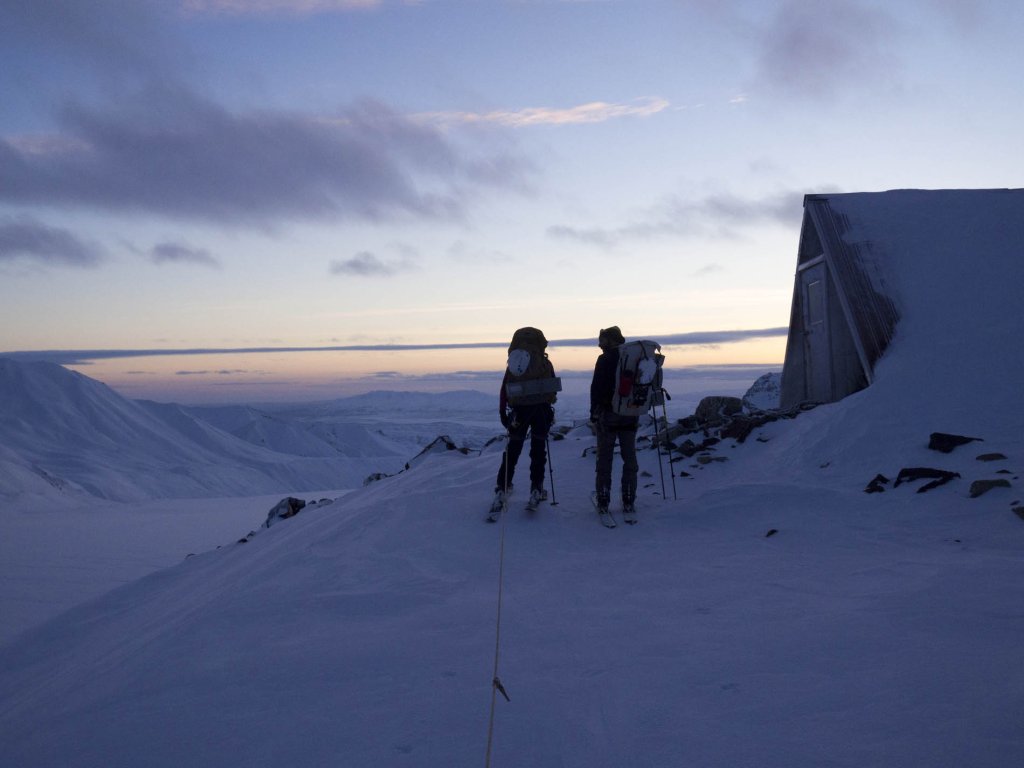
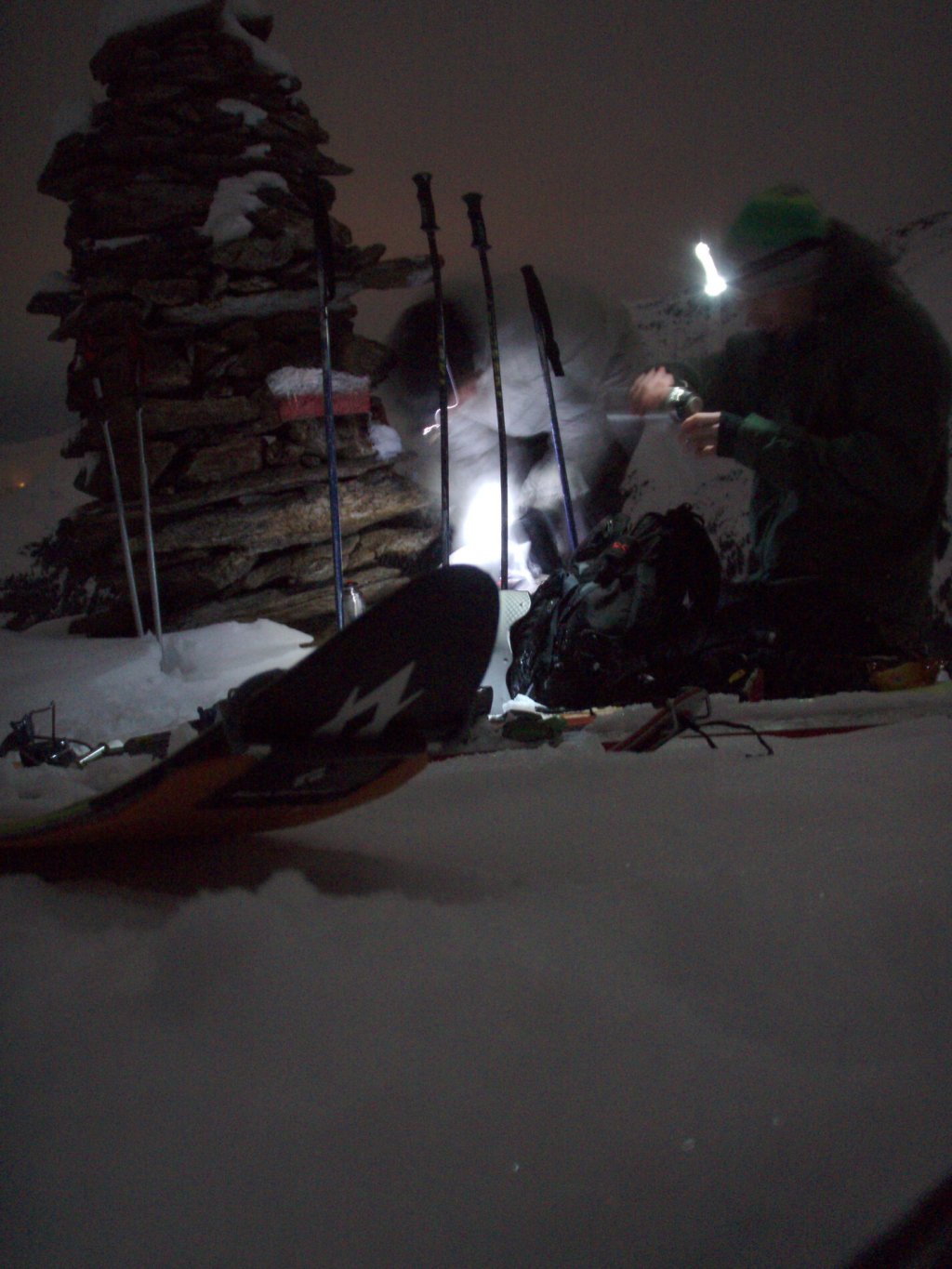

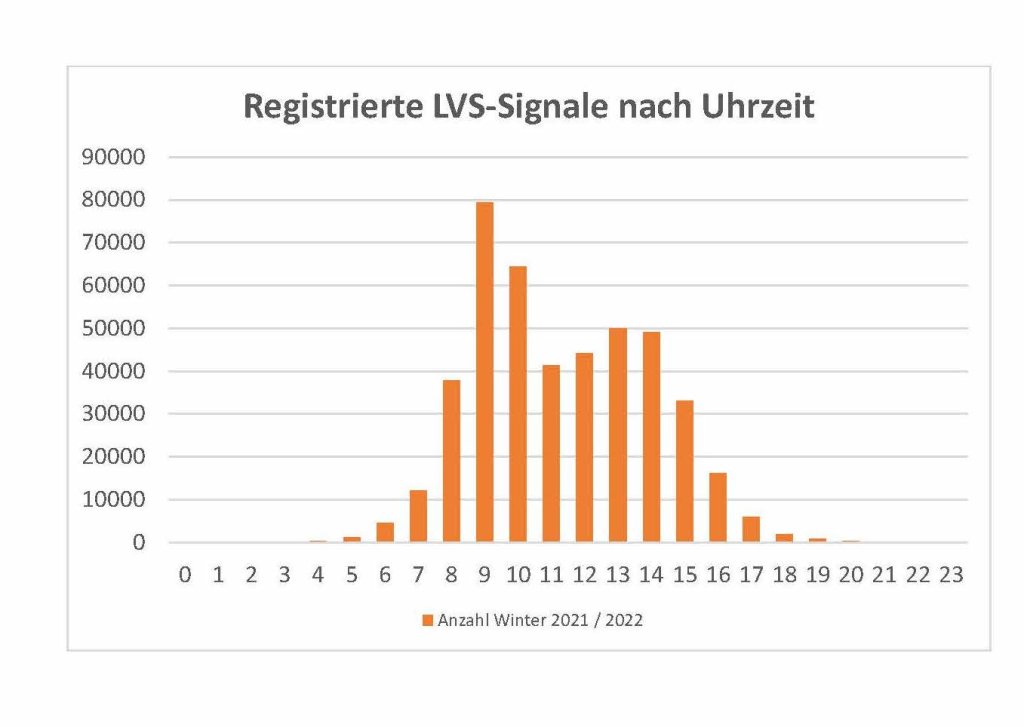
![Figure 2: Number of ski tours in the twilight period (0= 30 min before and 30 min after sunrise/sunset; [-4,-3,-2,-1 and 1,2,3,4 = time before/after sunrise/sunset in hours])](/en/img/asset/aW1hZ2VzL2FydGljbGVzLzIwMjMvMDIvMzQ5Ml9zY2huZWVfdm9uX21vcmdlbl8tX25hY2h0c2tpdG91cmVuL2FiYl8yLmpwZw==?w=1024&h=609.64391273751&fit=crop&q=85&s=b01f82212cc42a6074fab33db95d8311)
![Figure 3: Relative proportions of ski tours in the twilight period in relation to the total of all ski tours [-4,-3,-2,-1 and 1,2,3,4 = time before/after sunrise/sunset in hours].](/en/img/asset/aW1hZ2VzL2FydGljbGVzLzIwMjMvMDIvMzQ5Ml9zY2huZWVfdm9uX21vcmdlbl8tX25hY2h0c2tpdG91cmVuL2FiYl8zLmpwZw==?w=1024&h=656.22535211268&fit=crop&q=85&s=58577fa21e6a8c4b7fd67a8c0903fd61)
